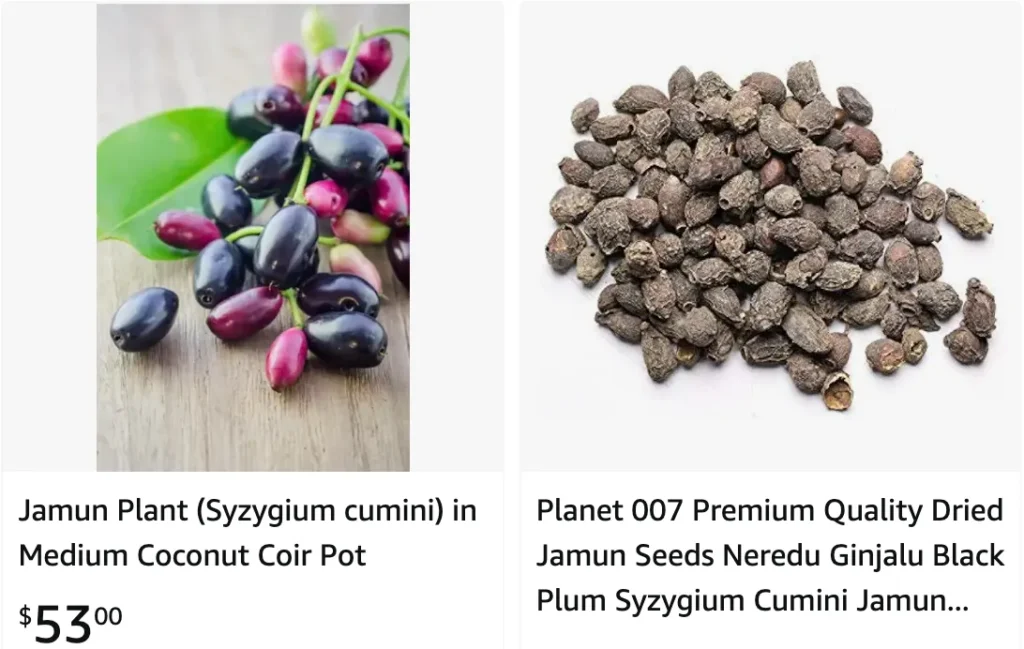
The Enchanting Syzygium Cumini: A Tree of Many Virtues
For years, my balcony has been a canvas for my horticultural endeavors. I’ve experimented with herbs, nurtured succulents, and even coaxed a reluctant tomato plant into bearing fruit. But lately, I’ve been yearning for something more substantial, something with a touch of the exotic. That’s when I stumbled upon the Syzygium cumini, also known as the Java plum or jamun.
1237 Species in Genus Syzygium
This magnificent evergreen tree captivated me with its potential. Not only is it visually stunning, but it boasts a bounty of delicious fruits and boasts cultural significance in many parts of the world. Intrigued, I delved deeper into the world of Syzygium cumini, and here’s what I discovered.
How to Pronounce Syzygium cumini?
Let’s be honest, the name “Syzygium cumini” can be a bit of a mouthful. But fear not, pronouncing it is easier than it seems. Here’s a quick breakdown:
- Syzygium (si-ZIG-ee-um)
- cumini (kyoo-MEE-nee)
With a little practice, you’ll be confidently rolling this name off your tongue in no time.
How to Grow Syzygium cumini?
The beauty of Syzygium cumini is that it’s a relatively low-maintenance tree. Here’s what you need to know to cultivate your own:
- Climate: This tropical wonder thrives in warm, humid climates. If you live in a region with harsh winters, consider growing it in a container that can be brought indoors during colder months.
- Soil: Syzygium cumini prefers well-drained, fertile soil. Amending your potting mix with sand or perlite can help ensure proper drainage.
- Light: Full sun is ideal, but the tree can tolerate partial shade as well.
- Watering: Water regularly, especially during the first year of growth. As the tree matures, it becomes more drought-tolerant. Aim to keep the soil consistently moist, but avoid waterlogging.
- Feeding: A balanced fertilizer applied during the growing season can give your Syzygium cumini a boost.
How to care for Syzygium cumini?
With the fundamentals covered, here are some additional tips for happy and healthy Syzygium cumini:
- Pruning: Regular pruning can help maintain the tree’s shape and encourage fruit production. Prune lightly after flowering to remove dead or crowded branches.
- Pests and Diseases: Syzygium cumini is generally pest and disease resistant. However, keep an eye out for common problems like scale insects and fungal diseases. Organic solutions are often the best course of action for these issues.
The Allure of the Jamun Fruit
The jewel in the crown of the Syzygium cumini is undoubtedly its fruit, the jamun. These small, purple-black berries boast a sweet and tangy flavor, with a hint of astringency. They’re enjoyed fresh, juiced, or made into jams, jellies, and wines. The seeds are quite large, so be prepared to spit them out as you savor the delicious flesh.
But the benefits of the jamun extend beyond its delightful taste. Traditionally, various parts of the Syzygium cumini have been used in Ayurvedic medicine for a variety of ailments.
More Than Just a Tree: The Cultural Significance of Syzygium cumini
The Syzygium cumini holds a special place in many cultures, particularly in South Asia. In India, for example, the tree is considered sacred and is often associated with the Hindu god Shiva. The fruit is also believed to have cooling properties and is consumed during the hot summer months.
Bringing the Magic of Syzygium cumini to Your Balcony
So, if you’re looking for a conversation-starting addition to your balcony garden, the Syzygium cumini is a fantastic choice. With its beautiful foliage, delicious fruit, and rich cultural significance, this tree offers a unique and rewarding experience. With a little care and attention, you can cultivate your own slice of the tropics and enjoy the many benefits that the Syzygium cumini has to offer.
If i die, water my plants!


